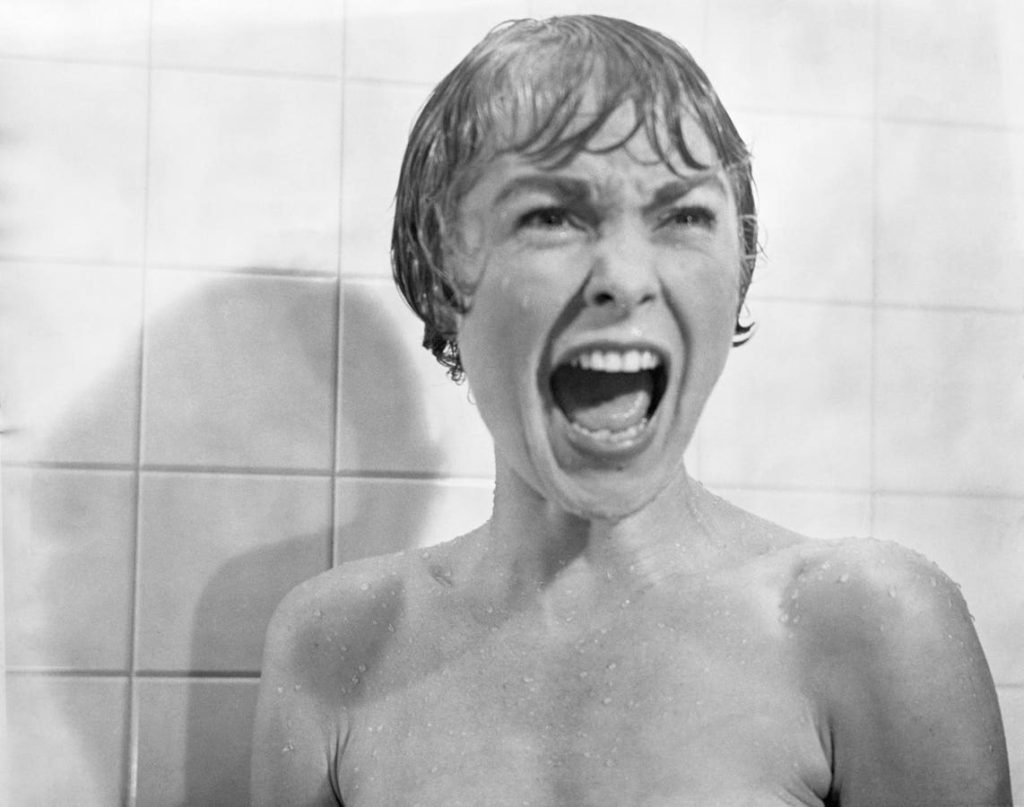Fear is a common emotion experienced by all humans, and it plays a crucial role in our evolution. It helps us recognize and react to possible dangers, thus ensuring our survival in hazardous circumstances. But have you ever wondered what happens in our brains when we experience fear? And more interestingly, why are so many people drawn to frightening experiences and scares?
The truth is that fear has a complex set of psychological dimensions that vary from person to person. And it is an intense emotion. Which is exactly why some people enjoy the thrill and excitement that fear brings, seeking out activities like bungee jumping, and this time of year horror movies and haunted houses. These individuals find pleasure in scary situations within a generally controlled environment, as it provides a sense of excitement and an adrenaline rush.
For example, although less dangerous than extreme sports, entertainment-induced fears have psychological and physiological effects. When we watch a horror movie or visit a haunted house, our bodies and brains respond as if the threat is real. Our heart rate increases, adrenaline courses through our veins and our senses become heightened. This physiological response intensifies the emotional experience, creating a unique and memorable encounter.
So what exactly happens when we get scared?
First, fear begins with the perception of a potential threat through one or more of our senses. Seeing a snake, hearing a loud noise or smelling something unusual can trigger the initial response. Then the sensory information is processed in the thalamus, a part of the brain responsible for relaying data to other areas of the brain for further processing.
Next, the amygdala plays a central role in processing our emotions, including fear. It receives input from the thalamus and quickly assesses the sensory data to determine if it represents a threat. If the amygdala perceives a threat, it initiates a fear response that activates the hypothalamus, triggering the release of stress hormones like adrenaline and cortisol. These hormones prepare the body for a fight, flight or freeze response, increase the heart rate, dilate pupils and redirect blood flow to the muscles.
Then, the autonomic nervous system’s sympathetic branch is responsible for activating the body’s physiological response to fear. This results in various physical reactions, such as increased alertness, sweating and heightened reflexes. Although these responses are automatic, the brain also assesses the situation and decides on an appropriate course of action. Cognitive appraisal can lead to either a continuation of the automatic fear response or a reduction in fear if the perceived threat is minimal or considered safe.
Interestingly, and importantly, fear experiences are often associated with memory formation. The amygdala plays a role in the consolidation of emotional memories. In our ancestors this helped individuals learn to avoid potentially dangerous situations for the future. But when a threat subsides or we learn it wasn’t as bad as first thought, or prefrontal cortex works to help extinguish our fear through logical analysis.
Fear-Seeking People Love Halloween
Understanding these neuroscience and physiological-based processes, one can then apply those lessons to the fear-seeking behaviors of those who love extreme sports, haunted houses and scary movies. It becomes easy to see why a “safe” environment allows one to feel a range of pleasurable experiences.
– You get an adrenaline rush. Experiencing fear triggers the body’s fight, flight or freeze response, leading to the release of adrenaline. This can be exhilarating and pleasurable for many people, as it can make them feel more alert and alive.
– You have a sense of control. In a safe environment like watching a horror movie or visiting a haunted house individuals can experience fear without real danger. This sense of control over the situation can be appealing, as they can choose to engage in fear and then walk away when they’ve had enough.
– Some find emotional catharsis. The release of emotions, including fear, can be cathartic. Engaging with fear in a controlled setting may provide a safe way to process and release pent-up emotions, ultimately reducing stress and anxiety.
– We experience social bonding. Many people enjoy experiencing fear with others, whether it’s watching a scary movie with friends or going through a haunted house with a group. Shared experiences of fear can strengthen social bonds.
– We crave novelty. Fear-inducing activities can be exciting and novel, offering a break from the routine of everyday life. The brain seeks newness and stimulation, and these experiences can fulfill that need.
– You feel a sense of achievement. Conquering fear can lead to a sense of accomplishment. Many people enjoy the feeling of overcoming their fears, even if it’s in a controlled setting.
– There is cultural context. Some cultures have a long history of celebrating and embracing fear in various forms. And individual preferences vary widely in how they choose to express those traditions.
– Put simply, escapism. People use fear-inducing experiences as a form of escapism, allowing them to temporarily forget their everyday worries and immerse themselves in a different, more exciting world.
Whatever your reason, if you find yourself seeking out some scares and freights this fall, know you’re not alone. And you’re not weird. Your brain and body are conditioned to find pleasure in situations that push your normal boundaries, and seek out safe, but abnormal situations. So fire up the horror movie queue and invite over your favorite people for some great memories.
Read the full article here










